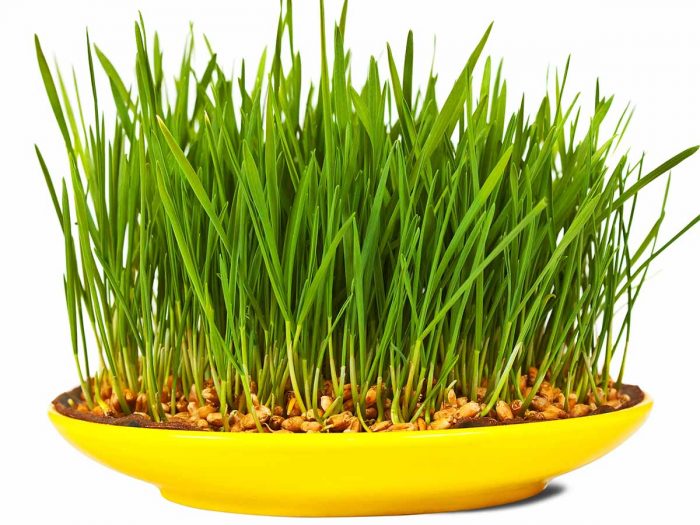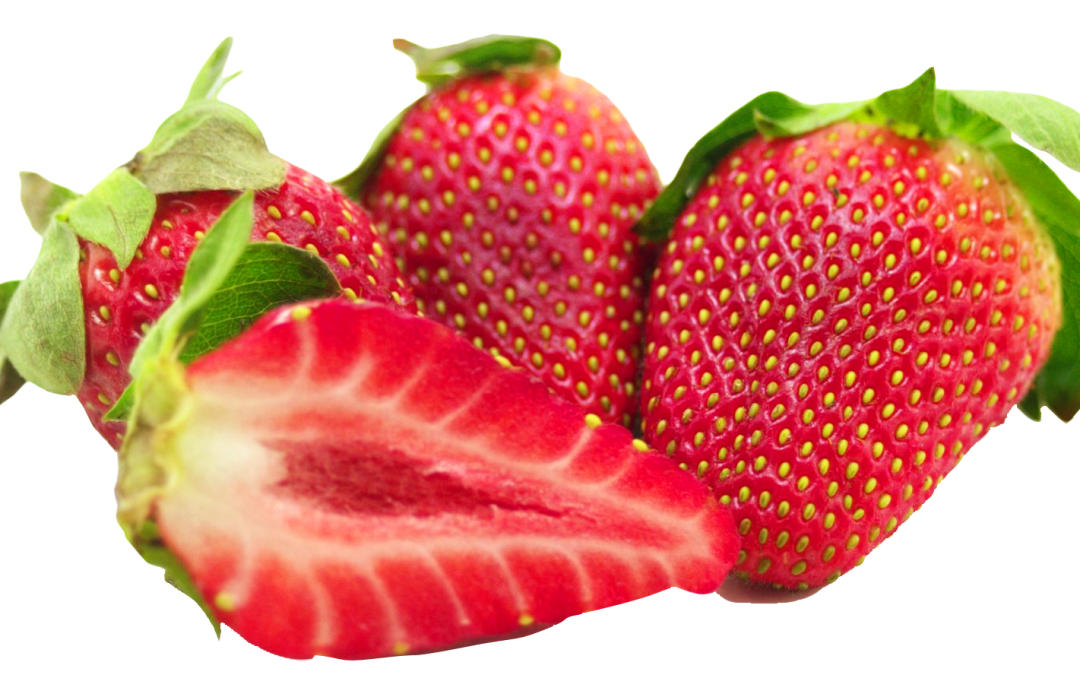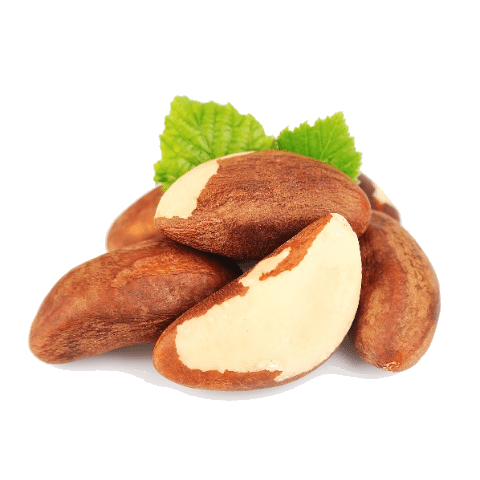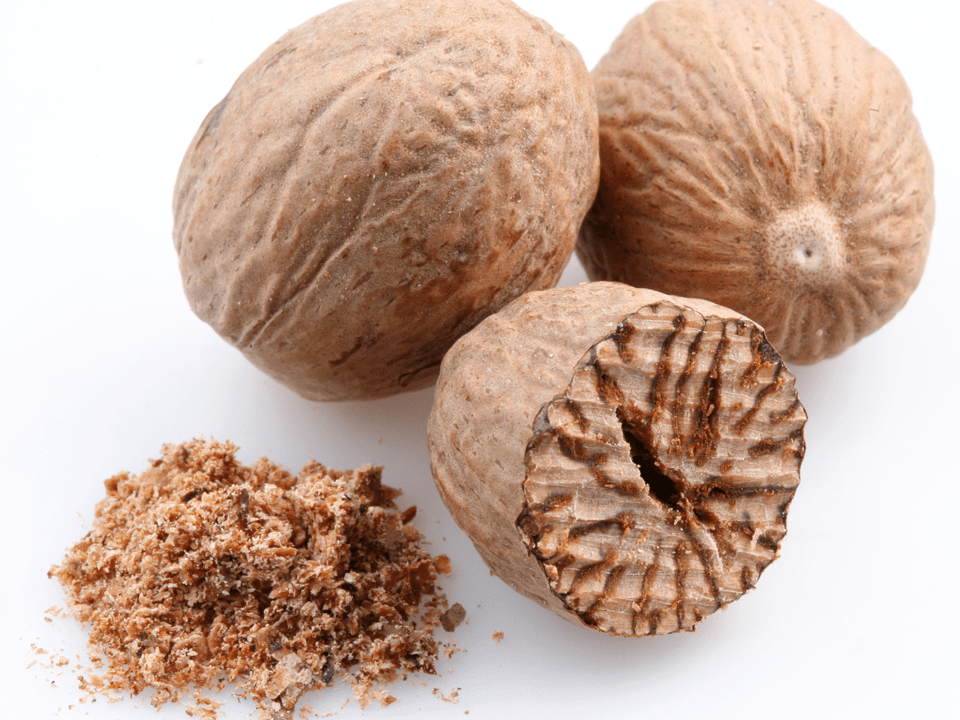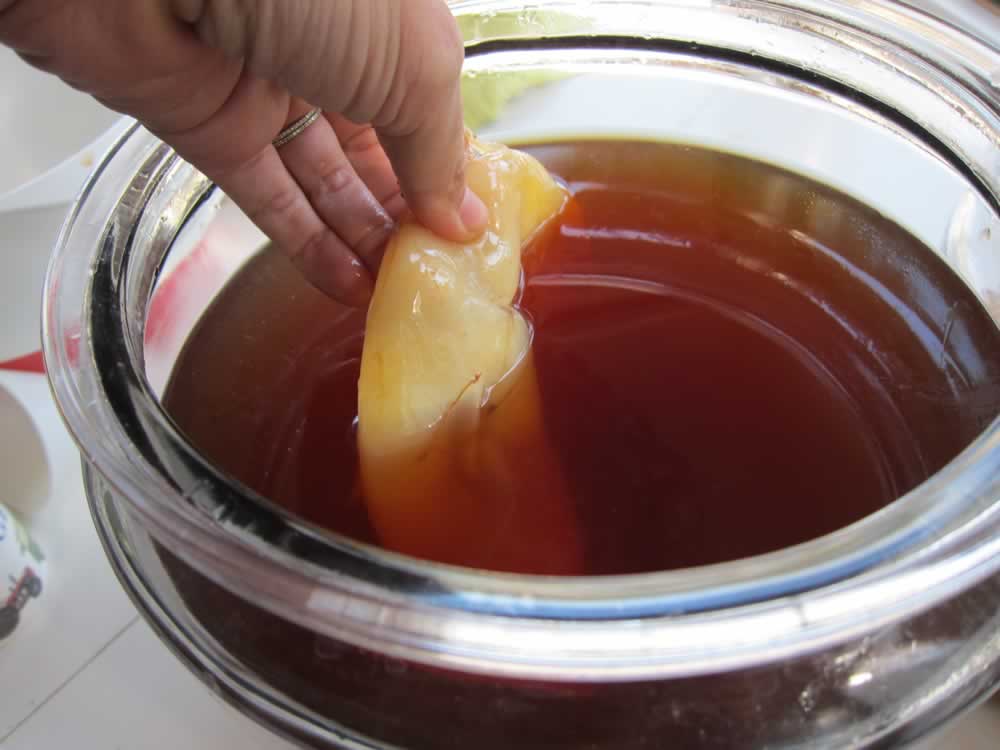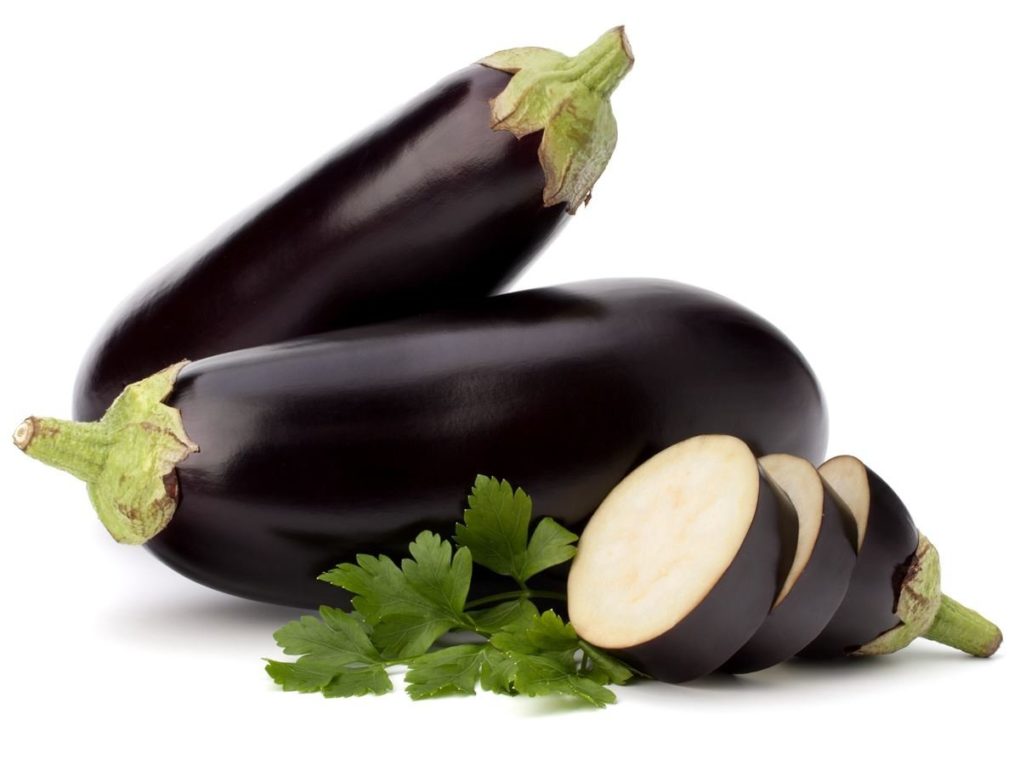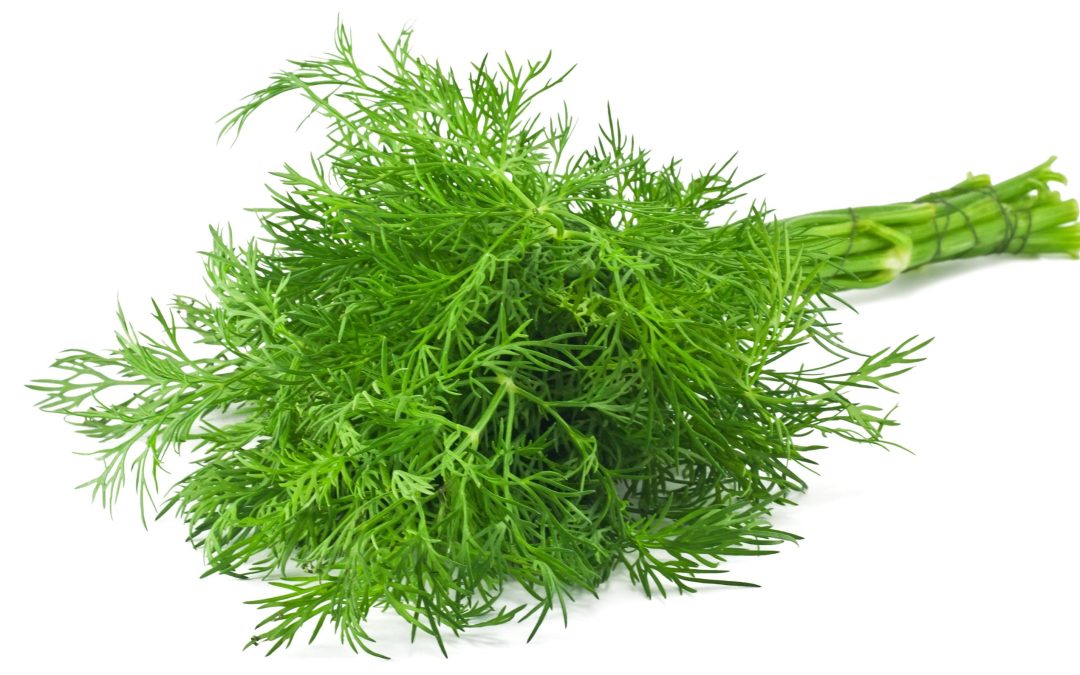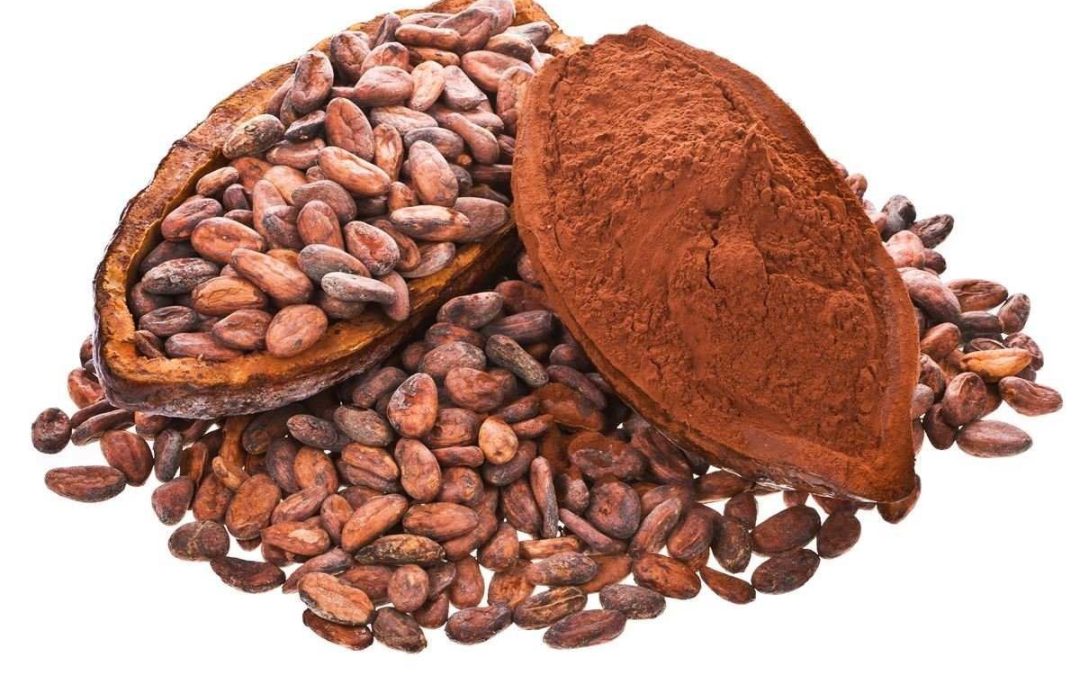Papain is a powerful digestive enzyme commonly found and extracted from the papaya fruit (Carica papaya), it is also referred to as papaya proteinase. The papaya-enzyme papain plays a key role in digestive processes involving breaking down tough protein fibers. For this reason, it has been commonly used in its native South America as a digestive support for meat eating.
Science is catching up with the wisdom of traditional healers in South America. Papain can play a significant role in the breakdown of toxins and is a powerful digestive aid and antioxidant.
While eating fruit after a meal isn’t generally recommended as it can have a negative effect on your digestion, papaya is one of the few exceptions. Papaya fruit is a rich source of valuable proteolytic enzymes, such as papain, chymopapain, caricain and glycyl endopeptidase, that can greatly aid in the digestive process. This is especially true of meals that contain meat or other concentrated forms of protein. But, papaya enzyme can have many other health benefits and may have an even more important role to play when taken on an empty stomach.
How Does Papain Work?
The papaya-enzyme papain is able to break down larger proteins into smaller proteins or peptides or even into the smallest amino-acid subunit by cleaving the bonds in the interior of the protein chain or the end of the chain (endopeptidase and exopeptidase activity, respectively) in a broad pH range.
This gives it a marked ability to enhance the total digestive process and increase the nutrient absorption of protein-based foods. Its ability to hydrolyse (break down) proteins also means that it can play a key role in many normal physiological processes and potentially influence disease processes for the good.
Protein Digestion and Papaya Enzymes
Many of us eat large amounts of low quality meat each week that can put great strain on our digestive system and enzyme producing pancreas. Processed meats, with additives such as the potentially carcinogenic sodium nitrite, are particularly worrying from a health perspective.
To make matters worse, rushed meals, extra-large serving sizes, low digestive enzymes and stomach acid production, and poorly functioning digestive systems in general all contribute to this meat often ending up only partially digested by the time it reaches the lower intestine.
Here it can putrefy as it is acted upon by masses of flatulence causing bacteria. But smelly gas is the least of the potential health problems caused by undigested protein in the colon.
The place to fix flatulence and other more serious health issues associated with poor digestion, such as constipation, leaky gut syndrome and IBS, is not at the end of the process in the colon, but at the beginning.
There are certain foods that really need to be avoided for a while. Proper chewing is also important to break up food and can significantly assist carbohydrate digestion, but to get a head start on protein, proteolytic enzymes like the papain enzyme in papaya can really help, especially in breaking down the accumulated meats sitting in the gut.
Other Papaya Digestive Enzyme Benefits
Some people suggest that papain and other plant based enzymes would be destroyed in the hydrochloric acid of the stomach and see no value in them. However, other nutritional experts believe that while papain may be rendered inactive with high levels of stomach acid, at least some would continue working again once it passes through to the alkaline environment of the small intestine.
Aside from these varying views, there is often a period, estimated at around half an hour to an hour, between when food is first eaten and when large amounts of hydrochloric acid is produced. During this time, salivary enzymes and any plant-based enzymes in the food (or taken with it) begin the process of digestion. In this window of time the addition of papain into a meal can greatly increase protein breakdown.
Additionally, since papaya as a soft fruit doesn’t require much digestion itself, some of its enzymes may move into the small intestine before large amounts of stomach acid is produced. Once in our intestines, papain and other papaya enzymes can help clear undigested protein-based debris and waste products.
Aside from helping to clear bloating and flatulence issues, proteolytic enzymes may also aid more serious digestive problems such as irritable bowel syndrome and help prevent fungal candida overgrowth in the gastrointestinal tract.
The Health Benefits of Papain
Boosts Digestion
One of the key areas in which papain serves the body, is in the realm of its protein-digestive properties. The University of Michigan supports its use as an enzymatic support for the intestines, stomach and the pancreas.
Skin and Wound Care
Due to papain’s beneficial capacities, it is currently being studied for topical applications on burns, irritations and wounds. It has also been used for ulcers and bedsores. Traditional cultures in Hawaii and Tahiti made poultices out of the skins of papaya, as this part of the fruit is particularly concentrated in papain. They applied it to the skin to heal wounds, burns, rashes and bug stings.
Resistant to Fungus
Studies show that the enzyme papain is also resistant to fungus. A 2010 report from the African Journal of Agricultural Research found that extracts from Carica papaya (papain) could statistically reduce the fungal pathogen causing pawpaw fruit rot.
Immune System Support
According to Memorial Sloan-Kettering Cancer Center, papain may act as an immune support system for cancer treatment, as proteolytic enzymes such as papain help to modulate leukocytes in the immune response.
Inflammation / Irritation / Swelling
Studies confirm that the papain enzyme may help reduce joint and prostate irritation. One study from the University of Maryland Medical Center, shows that papain was effective in helping the body reduce the swelling associated with prostatitis.
Antioxidant
Papain holds compounds that may aid in protecting the body from cellular damage caused by free radicals. One study published in the Journal of Dairy Science fount that papain can offer a potential alternative to chemical additives for increased survival of probiotic bacteria in yogurt due to its oxidation properties. Similarly, it is also a powerful agent commonly used in food preservation, as it reduces bacterial infestations and spoilage due to oxidation.
Why Green Papaya is Better for Digestion
Green fruit contain significantly more papaya enzyme than those that are fully ripened. That said, perhaps with the exception of green papaya salad, it’s not as appetizing for most people. Bright orange papaya, aside from tasting sweeter, is also likely to contain more antioxidants and vitamins and have many other health benefits. As a compromise, use papayas that are just ripening but still have a little green on them. In addition, use sections of fully green papaya in digestive and anti-parasite smoothies.
A convenient and potent alternative rich in papain enzyme are green papaya supplements. If fresh papaya is unavailable or too expensive, papaya capsules can be taken with a meal high in protein and are an easy way to improve its digestion and avoid intestinal problems later on.
Papaya Enzyme on an Empty Stomach
While papaya enzymes are most often taken with food, another strategy that is gaining popularity is to take green papaya in the powder or capsules, or blended up in a smoothie, on an empty stomach.
Under these circumstances little hydrochloric acid would be produced and the papain and other enzymes could pass into the small intestine in larger amounts. From here they are believed to be absorbed into the bloodstream where they can exert an anti-inflammatory effect throughout the body.
Proteolytic enzymes in the bloodstream are known to reduce inflammation in your body, most likely by scavenging damaged and oxidized proteins and breaking them down. These damaged proteins are implicated in a variety of debilitating autoimmune disorders such as severe allergies, chronic fatigue syndrome and a weakened immune system that is much more vulnerable to infections and disease. Papain and other proteolytic enzymes are also understood to break down fibrin protein, which is involved in both the formation of dangerous blood clots and provides a protective coating for cancer cells. It is this action of potentially dissolving cancerous cells protective coating that has many experts interested in papain for use in cancer prevention and possibly even as part of a treatment for cancer.
How to Read the Units of Measurement for Papain
Papain is a plant-source protease measured in PUs (Papain Units). One FCC-PU (Plant Proteolytic Analytical Method) is based on a 60-minute proteolytic hydrolysis of casein substrate at pH 6.0 and 40°C. The FCC notation stands for Foods Chemical Codex, and is a division of USP (United States Pharmacopeia). It sets standards for ingredients. In the case of enzymes, FCC is a standard assay used to accurately determine the activity of enzymes.
The Surprising Health Benefits of Papaya Seeds
While most people throw them away, papaya seeds are not only edible, small amounts of them in your diet can be surprisingly good for you. Keep in mind though that chewing half a teaspoon of the seeds is not like eating papaya fruit. They have a strong flavor, more like a cross between mustard and black peppercorns.
If you can handle that, ahead are some of the main health benefits of papaya seeds, followed by some interesting ways to add them to your diet.
Papaya Seeds, Worms and Other Parasitic Infections
Like green papaya, the seeds contain high levels of proteolytic enzymes like papain which can help rid your body of parasites
Good levels of digestive enzymes in your diet are also believed to help normalize the environment in your intestinal tract, making it less hospitable to worms and other parasites. Enzyme rich green papaya capsules are a simple alternative if you don’t have the fresh fruit available.
The seeds from papaya also contain a unique anthelmintic alkaloid called carpaine that has been shown to be very effective at killing parasitic worms and amoebas. There is much more detail on the human parasite problem and a great tasting smoothie treatment to get rid of them in using papaya seeds for parasites and intestinal worms.
For information on how to use papaya seeds as a parasite cleanse, follow the link.
Please see https://superfoodprofiles.com/papaya-enzymes-digestion
Pawpaws
Asimina triloba
The Difference between Pawpaw & Papaya
Papayas and papaws are an exotic, tropical fruit with a juicy, sweet flavour. Papaws have distinct yellow flesh and tend to be a larger fruit. Papaya, however, have orange to red flesh and are usually a smaller oval or pear-shaped fruit. Both papaya and papaw are harvested all year round, with production peaks during autumn and spring.
Papayas and papaws can be ripened at room temperature and are ready to eat once they are yellow and slightly soft to touch. They can be stored in the fridge for a few days once ripe. Once cut, cover your papaw or papaya with plastic wrap to keep fresh.
In summary:
- Pawpaw – yellow flesh, larger, longer/elongated shape
- Papaya – orange/reddish flesh, smaller, oval or pear shaped
- Pawpaw (Asimina Triloba) – Edible Fruit with Medicinal Properties
The first mention of pawpaw came about in the 16th century from a Portuguese officer who was part of Hernando Cortez’s expedition to the New World. He spoke of it solely from the perspective of food, without knowing of its medicinal and curative properties. Here is a paper written by José I. Hormaza, Spanish academic and researcher from Malaga Spain, for an in depth understanding of pawpaw: Follow the link for more information on
After you arrive at the webpage click on the PDF link “The Pawpaw, a Forgotten North American Fruit Tree”. In the paper you’ll see some early drawings of the pawpaw and learn about some rather famous characters in American history that either favoured, what is considered, North America’s only autochthonous exotic fruit, or disliked it immensely. So, what is pawpaw? The pawpaw is a North American fruit that is said to have the combined exotic flavour of pineapple, banana and mango. It is pleasantly aromatic and the pulp can be made into custard, ice cream, jam, shakes and can be eaten as is.
In medicinal terms, the pawpaw’s healing properties stem from several parts of the fruit, but especially from the branches. Dr. Jerry McLaughlin, from the University of Michigan at Ann Arbor and a few other schools, has done extensive studies on pawpaw. Please take the time to see this dated and lengthy video on Youtube:
It is somewhat scientific, but contains lots of interesting research and statistics that challenge traditional treatments for serious diseases like cancer. Big Pharma would stand to lose big bucks if alternative treatments for Cancer were found; is it no wonder why they discredit and malign researchers who have discovered healing compounds that these mega corporations can’t patent? Then again, what of the billions of dollars these pharmaceutical companies make selling poisons like chemo and other toxic drugs that kill more patients than they save? The truth is they stand to lose their monetary grip on helpless and desperate sick people.
Don’t get it wrong, Dr. Mclaughlin has a few patents of his own and has made some serious money in the alternative health field; however, the fact that he would take on Big Pharma is admirable, and the possibility that he could eventually help cancer patients understand that there are alternatives to this often fatal disease is very promising.
If you’re interested in growing your own pawpaw, you can see this video made by the Green Garden Guy. The video is short and to the point, but gives you lots of tips on how to cultivate pawpaw from the seed up.
Article Sources:
- raicesculturalcentre.org
- eattheweeds.com
- seriouseats.com




